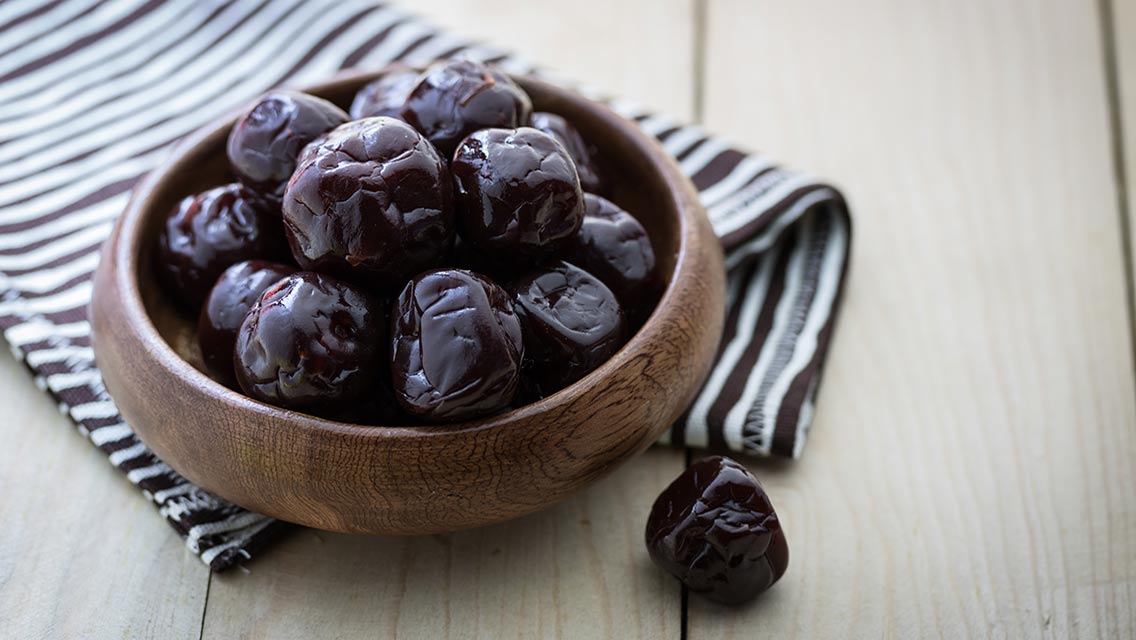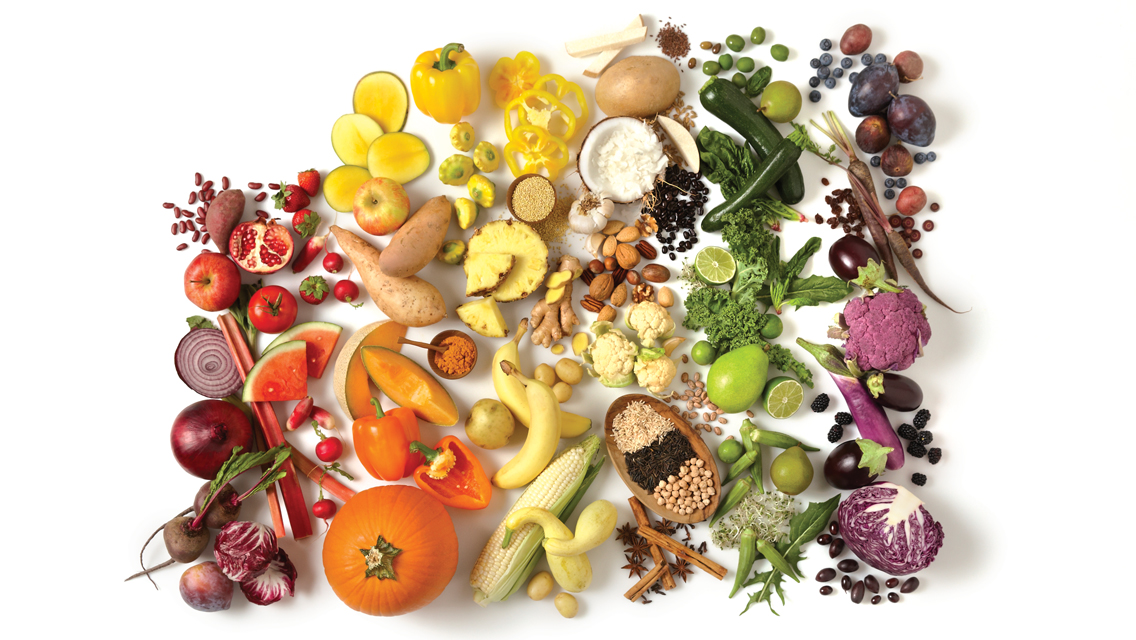My Lovely Wife has long appreciated the digestive benefits of the humble prune. She likes to slice a few of them (“Not too many,” she cautions) into her breakfast yogurt or oatmeal. So, she was a bit distraught in recent weeks when none could be found on the shelves of our local food co-op. We’d turn the corner into the bulk aisle, and I’d notice her hopeful gaze gradually melting into despair as she scoured the bins filled with raisins and other delights — but nary a prune in sight.
We figured some sort of pandemic-related supply-chain glitch was causing the shortage, but now I’m wondering whether the results of recent prune-focused research had somehow leaked to the masses and the new revelations had caused a major spike in demand for the gut-friendly fruit. A new study out of Penn State University, for instance, suggests that prunes not only keep your plumbing operational but may also prevent bone loss in postmenopausal women.
We all begin to lose more bone cells than we can easily replace by middle age, but women tend to struggle more than men with this process. When their estrogen levels dip after menopause, it triggers an inflammatory response that disrupts bone-cell restoration. That’s why women are far more likely to develop osteoporosis.
Prunes, however, could be a game-changer, notes Mary Jane De Souza, PhD, professor of kinesiology and physiology at Penn State, who coauthored the study. “Fruits and vegetables that are rich in bioactive compounds such as phenolic acid, flavonoids, and carotenoids can potentially help protect against osteoporosis,” De Souza explains, “with prunes in particular gaining attention in previous research.”
De Souza and her colleagues reviewed data from 28 preclinical and clinical trials and concluded that the minerals, vitamin K, phenolic compounds, and dietary fiber in prunes helped lower inflammation, ease oxidative stress, and reduce bone loss. The mechanism by which this occurs remains a bit of a mystery, but researchers believe the fruit triggers changes in the gut microbiome that cool inflammation in the colon, thus suppressing levels of pro-inflammatory cytokines, which has the salutary effect of slowing oxidation throughout the body.
MLW perked up when I mentioned this over breakfast the other day, but she raised an eyebrow when I revealed that the study was partially funded by the California Dried Fruit Coalition. And then there’s the matter of just how many prunes she might need to pile onto her oatmeal in order to gain the desired bone-preserving effect.
In one of the two clinical trials De Souza and her team reviewed, participants who ate 100 grams (about 10 prunes) every day for a year experienced improved bone mineral density in their lower spines and forearms as well as fewer signs of bone loss overall. Volunteers in the other trial who consumed five to 10 prunes every day for six months exhibited similar improvements when compared with their prune-averse counterparts.
“That’s a lot of prunes,” MLW concluded. “Did the study say how much time they spent in the bathroom?”





This Post Has 0 Comments